Tamron 50-400mm F4.5-6.3 VC VXD Review (A067)
Dustin Abbott
September 15th, 2022
Tamron has another game changer.
This is how I felt about the Tamron 35-150mm F2-2.8 VXD zoom because it blurred the traditional F2.8 zoom focal ranges (24-70mm and 70-200mm) while also providing a larger than typical maximum aperture. I gave it a glowing review and purchased one myself. I’ve used it extensively this year, and don’t regret that purchase for a moment. The new Tamron 50-400mm F4.5-6.3 Di III VC VXD lens does something similar in that it takes the traditional 100-400mm telephoto zoom range and adds an additional 50mm of range on the wide end. That may not seem like a big deal initially, but it opens up all kinds of additional photography subjects and changes the zoom ratio from 4x to 8x! There are, of course, many lenses with an even larger zoom ratio, but those superzoom lenses are almost always compromised optically. Tamron has a true game changer in their 50-400mm (internally called model A067, which I’ll use for brevity in this review), in that it not only gives a bigger zoom range but also improves on the optical performance of any of their previous 100-400mm lenses. This is a VERY sharp lens:
The A067 can go from this angle of view at 50mm:
…to this at 400mm:
Move in closer, and that goes from this:
…to this:
That gives you a tremendous amount of versatility in framing your subject, and will make this lens a great option for landscape photography along with the more typical telephoto subjects.
Tamron likes complicated lens names, so let’s take a moment to unscramble what all those letters mean. Di-III refers to a lens that is purpose designed for mirrorless mounts, which, at the moment, is uniquely in the Sony full frame E-mount. It can also be used on APS-C E-mount cameras where the 1.5x crop factor gives a full frame equivalent focal range of 75-600mm. VC refers to Vibration Compensation, which is Tamron’s optical stabilization system, important in telephoto lenses to help deal with camera shake. Finally, VXD refers to the focus system, which is Tamron’s premium Voice-coil eXtreme-torque Drive, a high end linear focus motor system.
As we’ll see, the A067 follows in the trend of the 35-150mm by having a more premium build and feature set, but also comes at a higher price point than Tamron’s previous 100-400mm lens. Is the A067 worth the asking price of $1299 USD? Read on or watch my video review to find out.
Follow Me @ YouTube | Patreon | Instagram | Facebook | DA Merchandise | Flickr | 500px
Thanks to Tamron USA for sending me a review loaner of this lens. *The tests and most of the photos that I share as a part of my review cycle have been done with the Sony a7IV along with the Sony Alpha 1 which will serve as my benchmark camera for the foreseeable future (my review here).
A067 Build, Handling, and Features
Tamron has managed to increase the zoom range without increasing the size and weight of the 50-400mm relative to most 100-400mm lenses. While the Tamron is slightly heavier than the more basic Sigma 100-400mm DN OS (my review here) at 1155 vs 1135g, it is actually slightly shorter at 183mm vs 197mm. The Sony 100-400 GM (my review here) is longer still (205mm) and weighs 240g more (1395g). When I consider that the Tamron actually has a fairly high end build quality along with that longer zoom range, I’m impressed with the relatively compact package. Here’s a look at how it compares with some chief competitors.
Some of the Tamron information is still missing in the chart above, so I’ll fill things in. It is 7.2” (183mm) in length and 3.48” (88.5mm) in diameter. That gives it the 67mm filter thread that is shared by many of Tamron’s Sony offerings (all of them save the 150-500mm and 35-150mm). The weight of 40.7 oz (1155g) is significantly less than that of the larger Tamron 150-500mm VC lens (my review here). All in all, it feels like Tamron has managed to keep the size and weight of the A067 at nice levels while packing the lens with a lot of features. You can see that it looks slightly larger than the 35-150mm but downright tiny sitting next to the Sony 200-600mm F5.6-6.3 G lens.
Tamron’s design philosophy on Sony has mostly been pretty spartan, but the A067 follows the 35-150mm in having a more premium treatment in terms of features and build quality. Like many premium Sony lenses there is a focus hold button on the left side that can be programmed to different functions.
There’s also a bank with a couple of switches. These multiple modes for the VC system along with a secondary switch that allows access to multiple custom modes. These custom modes can be programmed via another new feature, and that is the inclusion of a USB-C port on the side of the lens. Simply attach the lens to your computer and download Tamron’s free Lens Utility software, and this opens up a variety of ways to customize the performance of your lens. Some of the potential functions include a preset A-B focus pulls, presetting a specific focus distance (like for an event), switching between focus and aperture for the focus ring (like Samyang), changing the speed and/or tension of the manual focus ring, and a new function in that you program a focus limiter function as well. This gives more options than just a focus limiter switch for those who rarely (or never) use just a focus limiter.
We’ve also got a zoom lock switch to prevent zoom creep, though I didn’t actually encounter any real creep while out hiking with the lens. It only locks at the 50mm position.
Also present on the barrel is two rings. The closer and narrower of the two is the manual focus ring. It (like all mirrorless lenses) is focus-by-wire, meaning that focus input on the focus ring is routed through the focus motor to move the elements. The movement of the ring is smooth but a little light. I would prefer slightly more damping, but overall the quality of focus is fairly good. The addition of the USB-C port means that that you also have more control over the behavior of the focus ring. This includes being able to control the rotation of the ring and to choose whether the focus action is linear or non-linear (speed sensitive) in behavior. That just adds to the value of the ring.
The second ring is the zoom ring, which comes after a slight flare in the lens barrel which gives both a bit of style and the function of making the zoom ring slightly easier to find by feel. The zoom ring’s friction is very well damped. It has a smooth, substantial zoom action (not light, however) and the inner barrel extends about 75mm. The tolerances are tight, and there is no wobble or play in the barrel. Tamron notes that the zoom ring rotation arc is just 75° and allows for rapid zooming action, though I will note it still can’t match the precision and speed of the internally zooming Sony 200-600mm G.
Tamron has included a nicely made lens hood that surprisingly doesn’t have a locking button, though it could be argued it doesn’t need it. It bayonets into place very cleanly and helps provide some shading along with some bump protection. The lens hood has a nice bevel in the design that gives it more style than the typical slab of plastic. A look inside the hood shows more structure and reinforcement than many hoods, which should add up to more durability.
Tamron has worked to up their game in the physical appearance of their most recent lenses. The finish is a little glossier and (according to Tamron) has been upgraded to be more resistant to scratching and even fingerprints. The new finish makes the lens appear to be more like anodized metal, though I do think there’s still some engineered plastics in the construction. There’s a platinum-colored accept ring right near the lens mount. There is also some new sculpting to the lens design the gives it more shape. This does have some ergonomic value, as it makes the lens fit the hand a little better. It is worth noting that the lens does feel very good in the hands. Heavy, yes, but in a reassuringly substantial kind of way.
Tamron has really been nailing weather sealing, and that’s definitely the case here. There’s a rubber gasket at the lens mount that suggests at the weather sealing inside, and Tamron also shows a total of 8 other internal seal points (by my count) along with a fluorine coating on the front element to give further protection. A fluorine coating not only helps protect the front element from scratches but also makes it water and fingerprint resistant and thus easier to clean. This is a professional grade lens ready for professional use.
Tamron’s recent trends regarding MFD (minimum focus distance) hold true here, as the lens sports two different MFDs for wide (0.25m/9.8″) and telephoto (1.5m/59.1″). You can get to about 0.50x magnification on the wide end (1:2), which is as high as my Voigtländer 65mm F2 (classified as a macro lens) and 0.25x (1:4) on the telephoto end. Both figures are exceptionally good, which further extends the versatility of the A067. Here’s what maximum magnification looks like first at 50mm and then 400mm along with a real- world “macro” shot.
Both results are fairly good, with a little more contrast on the wide end but you can unlock creamier backgrounds on the long end and get a flatter plane of focus. Minimum focus distance will scale between these two extremes as you go throughout the zoom range. Add an extension tube and you’ve got true macro performance here.
Tamron has nine rounded blades in the aperture iris, and they claim that the aperture iris will stay circular for at least two stops down from maximum aperture, which seems accurate.
That high magnification figure and the ability to really compress backgrounds made the A067 a nice product shot lens. I used it for my photos of the Canon RF 16mm F2.8 for my review:
As noted, Tamron has included their VC (Vibration Compensation – Tamron’s optical stabilization system) on the A067. This joins the big 150-500mm as the only Tamron full frame lenses for mirrorless to include VC. I’m often asked as to whether or not the VC system works in concert with the IBIS in Sony cameras so equipped, and I don’t really know the answer. It is impossible to test as independent control of IBIS is disabled when a lens with OSS/VC is attached. Turning off the VC on the lens also turns off IBIS, and vice versa. There are two VC modes on the lens, with the first mode appearing to be the standard while the second seems to function more like a ”dynamic” mode where there is less stabilization of the viewfinder and more focus on stabilizing the final result. I got this perfectly stable shot of Loki at 1/13th second and 227mm without too much effort, which is about four stops of stabilization.
I also found, however, that I never really saw amazing viewfinder stabilization in either mode, which translates to less than perfectly stable handheld video performance at longer settings. In fact, Tamron says this in their press release: “Furthermore, using AI technologies, the lens chooses the appropriate compensation characteristics for videography at focal lengths of 100mm or less.” If you read between the lines a bit, you’ll realize that you’ll get your best handheld video results at 100mm or less and you are better off with a tripod at longer focal lengths (which is a good rule of thumb in general).
One area that may cause some controversy is that while the lens is fully designed around utilizing a tripod collar and foot, it is an optional accessory. The recommended tripod collar is the existing A035TM that was actually designed for the DSLR-era 100-400mm VC. I’ve used that collar, and it is nice (Arca-type compatible for quick use on a tripod), but it will cost an additional $130 USD if you don’t already have it. Sigma took a similar approach with their 100-400mm DN lens on Sony, but that lens was also priced some $300 less. Tamron is betting that the lens is light enough to be handholdable for many people, but I know from my chart tests that a collar would definitely be valuable when working from a tripod.
You can also do direct firmware updates via the USB port. Essentially this is the functionality of the Tamron Tap-In Console now accessed through a weather sealed USB-C port, meaning that you don’t have to buy something in addition. You can visit this page to download the software and/or get more information: The A067 is already compatible with and recognized by Tamron’s free Lens Utility software, and I was able to attach it via the USB-C cable to my computer and tweak things like the behavior of the focus ring and assigning values to the custom switch. While there isn’t yet a firmware update available, being able to simply do your own firmware update via the software helps ensure that the lens remains future-proof.
One final negative that I’m obligated to point out is that Sony has limited the use of teleconverters on its E-mount platform to Sony lenses only. If you want to use a 1.4x or 2x teleconverter on your telephoto zoom, you’ll have to choose either the 100-400mm GM or the 200-600mm G lens. The Tamron 50-400mm doesn’t even have physical room at the rear of the lens to fit a TC as the rear-most glass element is very close to the back of the lens at 50mm, though it does move forward when zoomed out to 400mm. But you3 will only be using this as a bare lens…no TCs! That’s unfortunate, obviously, but it doesn’t look like status quo is going to change anytime soon.
The new A067 is definitely more upscale than early Tamron lenses on Sony, and as such feels like a more natural competitor to the nearly twice as expensive Sony 100-400 GM. I really like the new features that Tamron has elected to include, and the lens feels like it will be tough and durable. I think the choice regarding the tripod collar will probably be somewhat controversial, but clearly Tamron decided that not including it would help them offer the lens at a more compelling price point…and that there are plenty of people who never use tripod collars (which is probably true). The good news is that if you want one, they are widely available. This is a nicely built, feature rich lens that feels premium. There are some that may prefer it simply because its black finish matches other lenses in a way that the white telephotos don’t…and of course there will be people who feel the exact opposite, too!
Autofocus and Tracking
As noted earlier, the A067 is equipped with Tamron’s premium VXD focus system. This provides very fast, quiet, and accurate focus results with a wide variety of subjects. Even at 400mm I was able to quickly acquire a bird on the wing and track it with ease.
Once again I turned to my friends at Jengar Goldens) to supply subjects for my tests as I like to do when testing telephotos and their tracking capabilities. I provide photos for the breeder, and they provide the subjects for my tests. It works out nicely for both of us. I shot 205 frames during a quick test (I was testing multiple pieces of gear during the session), with 86 of them at 186mm, 62 at 200mm, and 57 at 291mm. I look through each frame at 100% magnification and assess it a 1-5 star rating. 5 star being perfectly focused, 3-4 being acceptably focused, and 1-2 being out of focus. 168 of the shots received a 5 star rating, 23 of them received a 3-4 star rating, and 14 received a 1-2 star rating. The vast majority of the misses were when the subjects got close to the camera, which is pretty typical.
This is a strong performance for a third-party lens, as I’ve only seen better results in these settings with first party Sony lenses. As per usual, I saw a limit on my Alpha 1 of 15 FPS, as only first party Sony lenses get the full burst rate of the a9 series and Alpha 1 bodies at this point. I also own an a7IV and wouldn’t see any difference in burst speed there as that camera is already limited to less than the 15 FPS limit.
On a side note, I had the opportunity to get shots with both 8-week-old puppies and an adult Golden Retriever. With both the Sony/Tamron combo and the Canon EOS R7 I was also testing I saw better eye tracking on the adult dog than on the puppies in terms of what showed up in the viewfinder (box on the eye), though I didn’t necessarily see a big difference on the Sony combo in terms of the focus results.
I got accurate Eye AF results with a very difficult subject – a black squirrel. There is very little contrast between the fur and the eye, and yet I was able to accurately track and focus each of my shots on this little fellow as he went down the tree while eyeing my suspiciously.
I was also able to focus accurately on the moon and get tremendously sharp results of its craters.
This next shot was a long-distance photo taken through a lot of layers of trees, water, a peninsula, and then the fishing boat I wanted to capture. You can see that I’ve gotten accurately focused result across those layers.
I still give the edge to the first party Sony telephotos in terms of AF performance, but I’d say this is about as close as you’re going to get at this price point…and from a third party lens maker. There’s enough speed and accuracy here to satisfy just about everyone.
A067 Image Quality
Tamron has employed a rather complex optical design that consists of 24 elements in 18 groups. This includes a number of exotic elements as you can see in this optical diagram.
The MTF charts for the lens are tremendously impressive, with a near flawless result across the frame at 50mm even wide open and a similar result at 400mm.
It’s rare to see a zoom lens with such an impressive MTF performance, and we’ll find out if this bears out in real world use. This shot from my backyard Northwind Maple shows great detail and contrast along with rich color.
But we’ll take a closer look at optical performance, starting with vignette and distortion. All of the distortion throughout the zoom range is of the pincushion variety. I tend to prefer pincushion distortion (so long as it isn’t extreme) as it tends to be more linear and easier to correct for, which is the case here. Distortion is mildest at 50mm (-6 to manually correct), heaviest midrange at 200mm (-10), and very slightly reduced again at 400mm (-9). Vignette is heaviest at 50mm (+38 to correct), reduced at 200mm (+31 to correct), and less still at 400mm (+27).
Nothing too serious there, and I’ve only felt the need to manually correct vignette in a few shots. The good news is that Tamron lenses enjoy solid profile support on the Sony platform, and the correction profiles in camera (JPEG and Video) will be augmented by profiles in Lightroom and other software for RAWs in a future update.
Longitudinal chromatic aberrations (LoCA) typically show up as purple/magenta fringing before the plane of focus and blue/green fringing beyond the plane of focus due to colors not being perfectly focused together. They typically diminish as the lens is stopped down to smaller apertures. I didn’t notice any issues with LoCA at all on the A067. Even the bright sun coming through the gossamer edges of this plant show almost no signs of fringing.
Lateral chromatic aberrations (LaCA) show up as fringing on either side of contrast areas (like tree trunks, for example) along the edges of the frame. Unlike LoCA, they do not improve when stopping the aperture down, but are much easier to correct for (typically a one click “remove chromatic aberrations” box in editing software). I also didn’t see any issue with LaCA, and the dead tree that anchors the edge of this image would be a natural hotspot for LaCA, but I don’t see anything there.
The MTF charts suggest that we should see an amazing optical performance. Is that indeed the case? We’ll do our formal test on the full frame (35mm) image circle that the lens is designed for, using the 50MP Sony Alpha 1 for this series of tests. Here’s a look at the test chart we’ll use for the test:
And here are the F4.5 crops at nearly 200% magnification, taken from the center, then mid-frame, and then extreme lower right corner:
What stands out is the stunningly good consistency. The extreme corners are nearly as good as the center, which is very rare. Real world results are just as good, too. Here’s a wide open (F4.5) landscape shot at 50mm.
Very impressive!
As is often the case with lenses that are wide open sharp, there’s only minimal gains to be had when stopping the lens down. I see a minor boost in contrast at F5.6 and a very slight boost in resolution. There’s a bit more to see at F8, with the most obvious improvement being in the corners:
This is a very sharp lens on the wide end.
For the sake of brevity, I’ll summarize without showing all of the sharpness tests. You can get a fuller picture by watching the video review.
By 70mm the maximum aperture has closed to F5 and the performance is very similar to 50mm at F4.5. There are similar minor improvements to be had when stopping down.
By 100mm the maximum aperture is F5.6, which shows the biggest disadvantage relative to the 100-400 GM. The Tamron isn’t as bright throughout the zoom range. The GM lens is F4.5 at 100mm and only closes to F5.6 by 400mm, though, to be fair, it reaches that maximum aperture of F5.6 by 162mm. The Sigma 100-400 DN starts at F5 but reaches F5.6 by 113mm, so it has little advantage over the Tamron in that regard. The optical performance remains very strong with a similar pattern when stopped down. This wide-open real world shot of Loki “taking a bath” at 100mm shows just how great that sharpness and contrast is.
At 135mm (the next marked position on the zoom) maximum aperture remains at F5.6 and performance remains good but lags a little behind what we’ve seen thus far. There’s a more noticeable improvement at F8 as a result.
By 200mm the smallest maximum aperture of F6.3 has been reached, and it remains there throughout the balance of the zoom range. I did a quick comparison to the Sony 200-600mm G lens (which I own), and found that the Tamron was very similar across the frame in performance.
Stopping down to F8 improves the performance a bit more, though the corners are not quite as crisp as they were from 50-100mm.
At 300mm the performance is similar to 200mm, which is to say very good though not quite as exceptional as on the wider end. I felt like the gap between the Tamron and the Sony was a little wider at 300mm, with the Sony giving a slightly sharper and more even performance across the frame.
At 400mm the results follow a similar pattern on my review copy. Good performance at F6.3 but with more on tap at F8. Even at F6.3, however, the A067 is capable of very sharp real world results:
This cropped moon shot shows nice detail and crispness:
A closer shot of a mushroom also shows very nice details.
Perhaps my favorite 400mm shot from my review was this simple image of a rusted old hinge against the texture of a barn door. The detail, contrast, and colors are lovely wide open at F6.3:
At the same time, however, I felt like contrast and overall acuity (a word I used to describe a lens’ ability to resolve fine details) wasn’t quite at the level of the wide end performance and there remains a gap between the Tamron and my Sony 200-600 G at 400mm. The Sony is also considerably heavier and more expensive, however, so this is probably as good of image quality as you’ll find at this price point and focal length. I also think that the MTF chart suggests that the lens is capable of a bit more sharpness than what I personally saw at 400mm in the review copy I used.
Bokeh quality with a variable aperture telephoto zoom like this is largely determined by the ratio of the distance from the camera to the subject and then the subject to the background. Put simply, a close subject and a distant background makes for the biggest isolation of your subject and blurring of the background. I got close to the Canon camera for this product shot and the background is nothing but a blur.
In this puppy shot, however, the subject is further away and the distance to the background is closer. There’s a little bit of busyness in the transition zone (grasses to the right side), but overall the bokeh quality is still pretty nice.
Even at 50mm I can get quite close and blur out the background, as in the case of these tiny wildflowers. The quality of the background blur is very nice here:
When the background is a little closer, things get a little busier, but you can see that overall the quality of the bokeh is quite nice even in the more challenging situations.
There are fewer opportunities to shoot into the direct sun with a longer telephoto lens, but the A067 is equipped with Tamron’s BBAR-G2 (Broad-Band Anti-Reflection-Generation 2) coatings. The lens had no problem shooting into the rising morning sun.
I saw nothing in my tests that would cause me concern in that regard.
Overall I was pretty impressed with the image quality from the lens. Tamron has been doing a great job with color, and I felt images had a nicely rich quality to them. I love the versatility of the focal range for landscape work, too. You have so many framing options for images, and I could capture this lovely earning morning scene in two very different ways.
I think that photographers are going to really enjoy the optics of this lens, and Tamron has done a great job of building a lens that stretches the limits of focal length and zoom range while still delivering an exceptional optical performance…something that they are proving to quite adept at. You can see more lovely images by checking out my image gallery here.
Conclusion
Photographers have essentially had two tiers to choose from when it comes to relatively affordable telephoto zooms. Those are typically made up by the 100-400mm options and then the 150-600mm (or similar) variants that go a little longer. Tamron’s previous foray into this type of lens blurred the lines a bit with a 150-500mm lens that sacrificed a bit of reach for a more compact design relative to those lenses. This new 50-400mm lens blurs the lines on the other side, giving that additional 50mm of width on the wide end relative to the competitors. That means that the A067 is much more likely to be the kind of lens that you can carry as a single lens option, as 50mm is wide enough to capture a lot of additional subjects. It makes for a lovely landscape lens.
Further aiding that versatility is the macro-like performance, which allows for up to 1:2 life size magnification at 50mm. That allows a whole other type of photography for this lens:
If I could use one word to describe the Tamron 50-400mm F4.5-6.3 Di-III VC VXD, that word would be “versatility”. This is a lens that does so many things well, and does them in a reasonably sized and priced package. There are a lot of premium elements here, and it all adds up to a lens that can do both normal and telephoto tasks very well. We have really become spoiled for choice on the Sony platform, and it is excellent third party options like these that sets Sony apart from Canon and Nikon in the mirrorless space. The A067 is certain to become another very popular zoom from Tamron.
Pros:
- The additional 50mm of focal length adds a lot of versatility
- Still smaller and lighter than principle competition
- Good quality of construction including robust weather sealing
- Good function of design with generous controls
- VXD autofocus is quick, quiet, and accurate
- Inclusion of VC means more stable results
- Distortion and vignette is moderate
- CA well controlled
- Good sharpness across the zoom range
- Great magnification and close up performance
- Nice bokeh rendering
- USB-C port allows for customization and firmware updates
Cons:
- Cannot be used with teleconverters
- Tripod collar not included
- Lower burst rate on Sony’s top sports cameras compared to a Sony lens
- VC stability doesn’t seem to be top notch
Purchase Tamron 50-400mm F4.5-6.3 VC VXD @ B&H Photo | Amazon | Camera Canada | Amplis Foto (use discount code: AMPLIS52018DA for 5% off) | Amazon Canada | Amazon UK | Amazon Germany
Purchase the Sony a7IV @ B&H Photo | Amazon | Camera Canada | Amazon Canada | Amazon UK | Amazon Germany
Purchase the Sony Alpha 1 @ Camera Canada | B&H Photo | Amazon | Amazon Canada | Amazon UK | Amazon Germany | Ebay
Purchase a Sony a9M2 @ B&H Photo | Amazon | Camera Canada | Amazon Canada | Amazon UK | Amazon Germany | Ebay
Want to support this channel? Use these affiliate links to shop at: B&H Photo | Amazon | | Camera Canada | Ebay | Make a donation via Paypal
Buy DA Merchandise https://bit.ly/TWIMerch
Peak Design Leash Strap: Peak Design Store | B&H Photo | Amazon | Amazon Canada | Amazon UK
Adobe Photoshop Creative Cloud 1-Year Subscription
Get a discount off all Skylum Editing Software (Luminar, Aurora HDR, AirMagic) by using code DUSTINHDR at checkout:
Visit Dustin’s Amazon Storefront and see his favorite gear
Purchasing your gear through B&H and these links helps fund this website and keeps the articles coming. You can also make a donation here if you would like. Visit my Amazon page for some of my gear of choice! Thank you for your support.
Purchasing your gear through B&H and these links helps fund this website and keeps the articles coming. You can also make a donation here if you would like. Visit my Amazon page for some of my gear of choice! Thank you for your support.
Receive a 5% discount on all purchases at Amplis Foto, Canada’s Leading Photographic Supplier. Please enter discount code: AMPLIS52018DA in your cart. It is good for everything in your cart, and is stackable with other coupons, too! It will take 5% off your entire order! Proceeds go towards keeping this site going and providing you with new reviews!
Use Code “DUSTINHDR” to get $10 off ($15 CDN) any Skylum product: Luminar, Aurora, or AirMagic
Keywords: Tamron 50-400mm, Tamron 50-400, 50-400 VC, Tamron 50-400mm Review, 50-400, 50-400mm, VC, Di III, A067, VC, VXD, Tamron 50-400mm F4.5-6.3 Di III VC VXD, F4.5-6.3, F/4.5-6.3, Full Frame, Review, Sony Alpha 1, Sony a7IV, Review, Hands On, Dustin Abbott, Real World, Comparison, Sharpness, Bokeh, Flare Resistance, Autofocus, Image Quality, Sample Images, Video, Photography, Sony a9, Sony a7IV, Sony Alpha 1, Sony A1, let the light in, #letthelightin, DA
DISCLAIMER: This article and description contains affiliate links, which means that if you click on one of the product links, I’ll receive a small commission. As an Amazon Associate I earn from qualifying purchases.












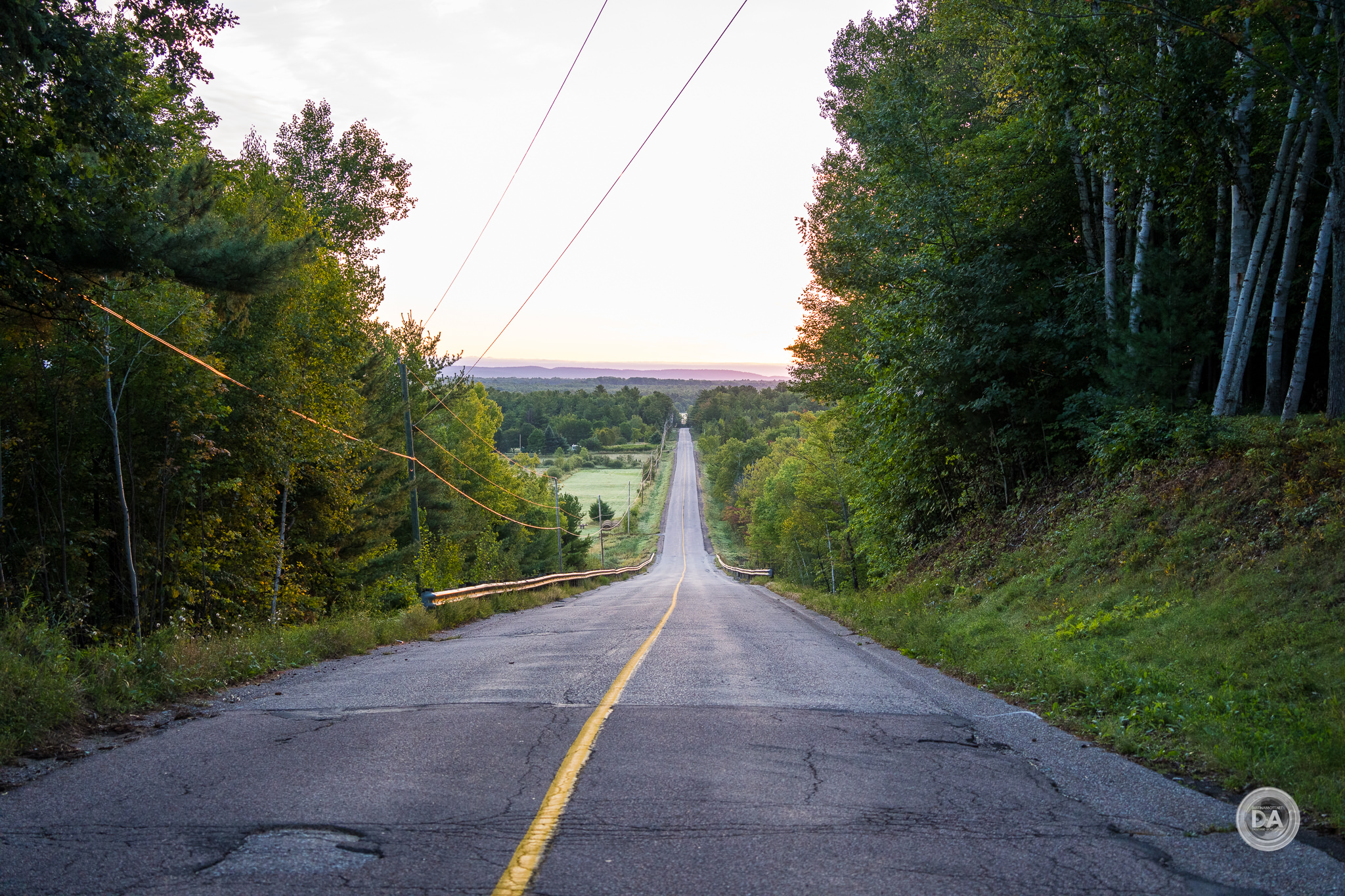
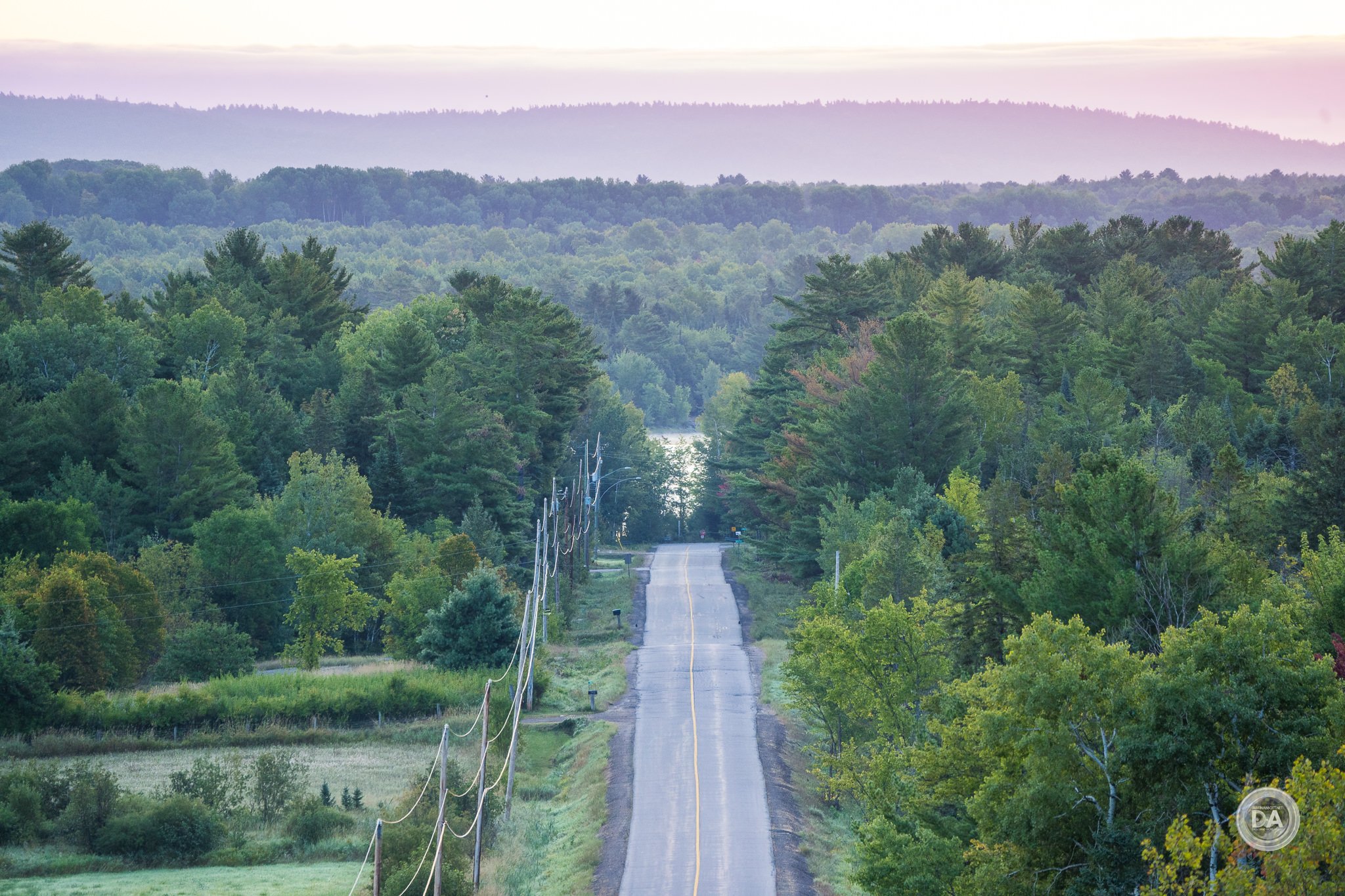

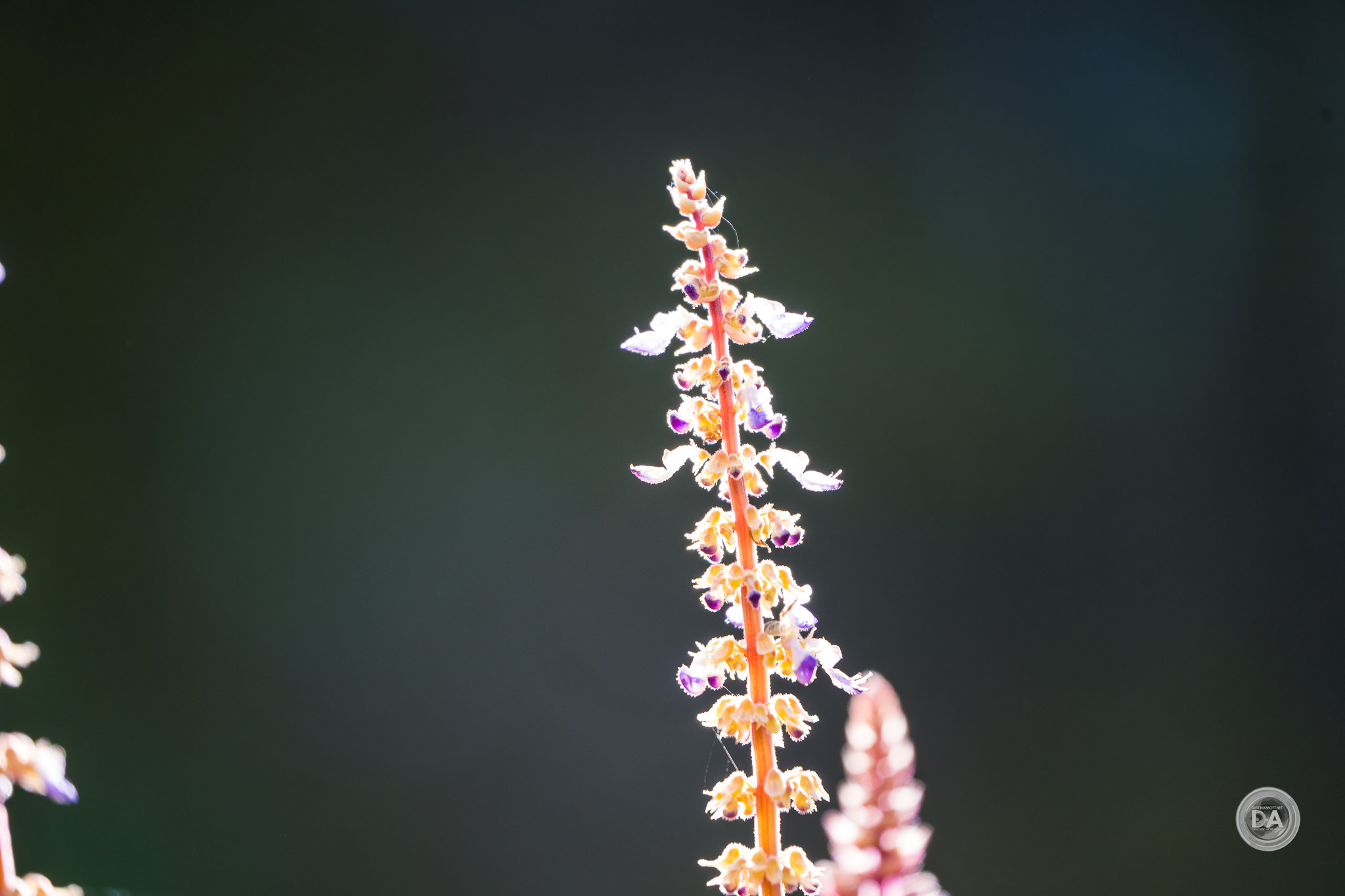



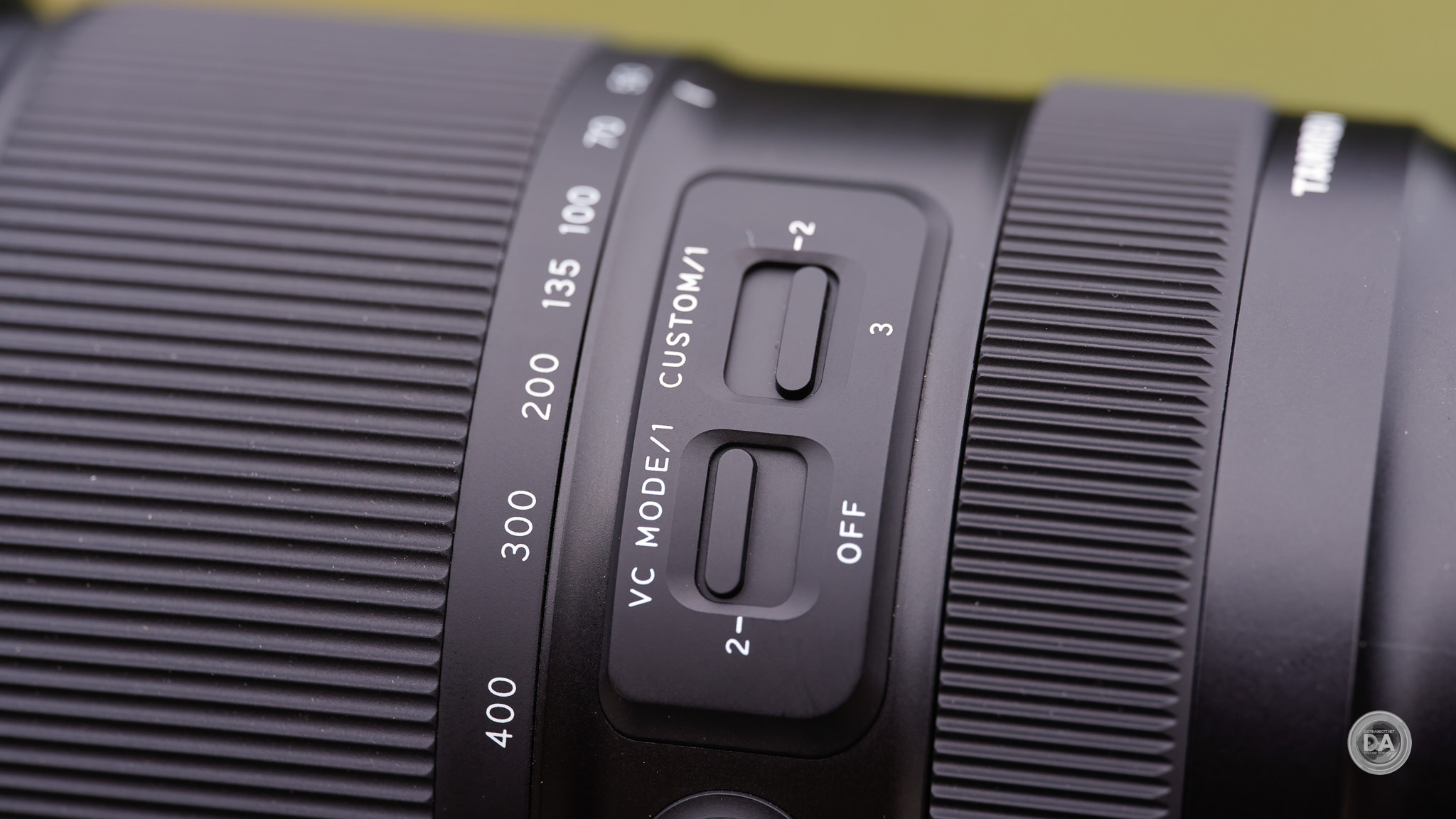
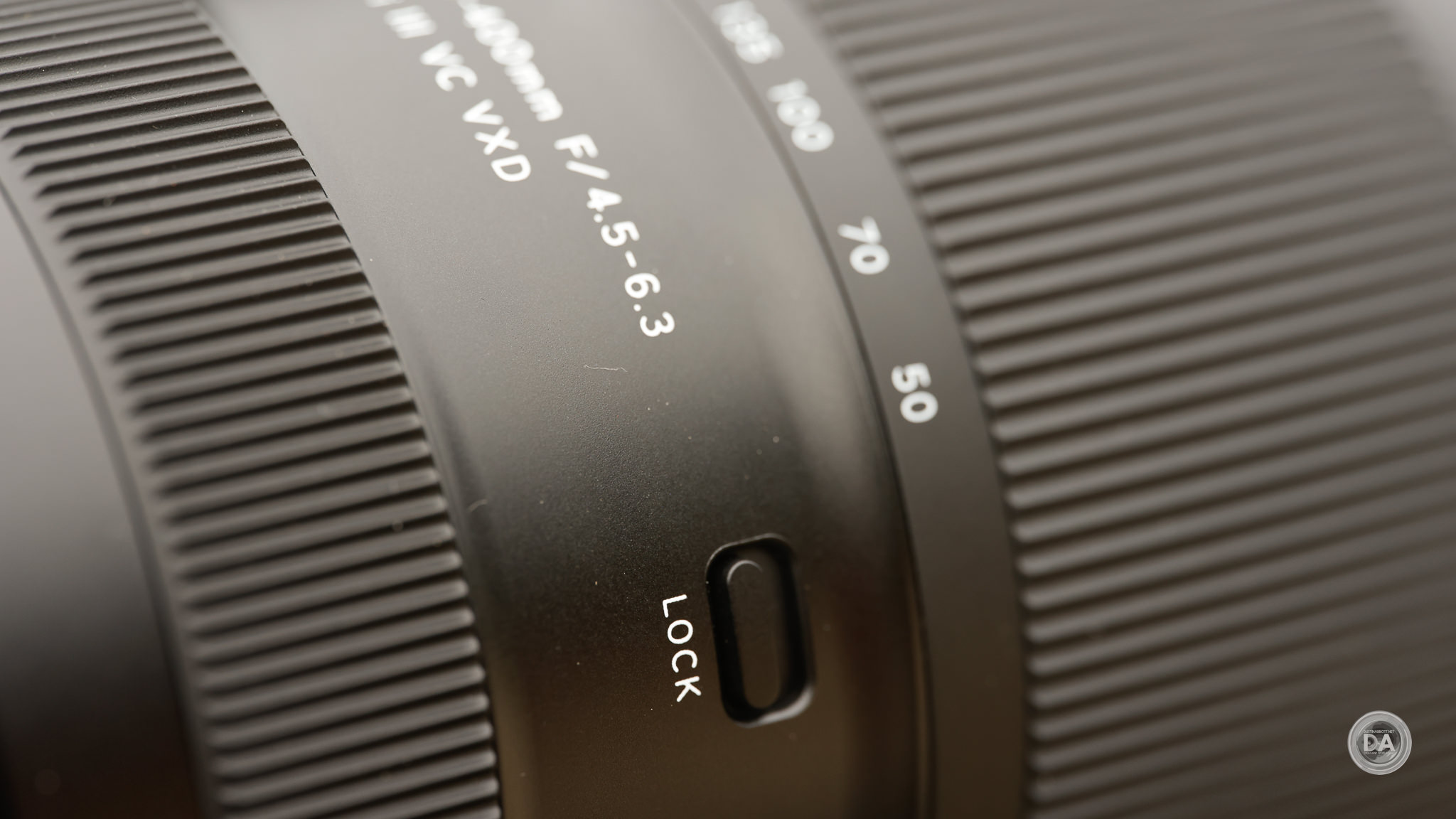
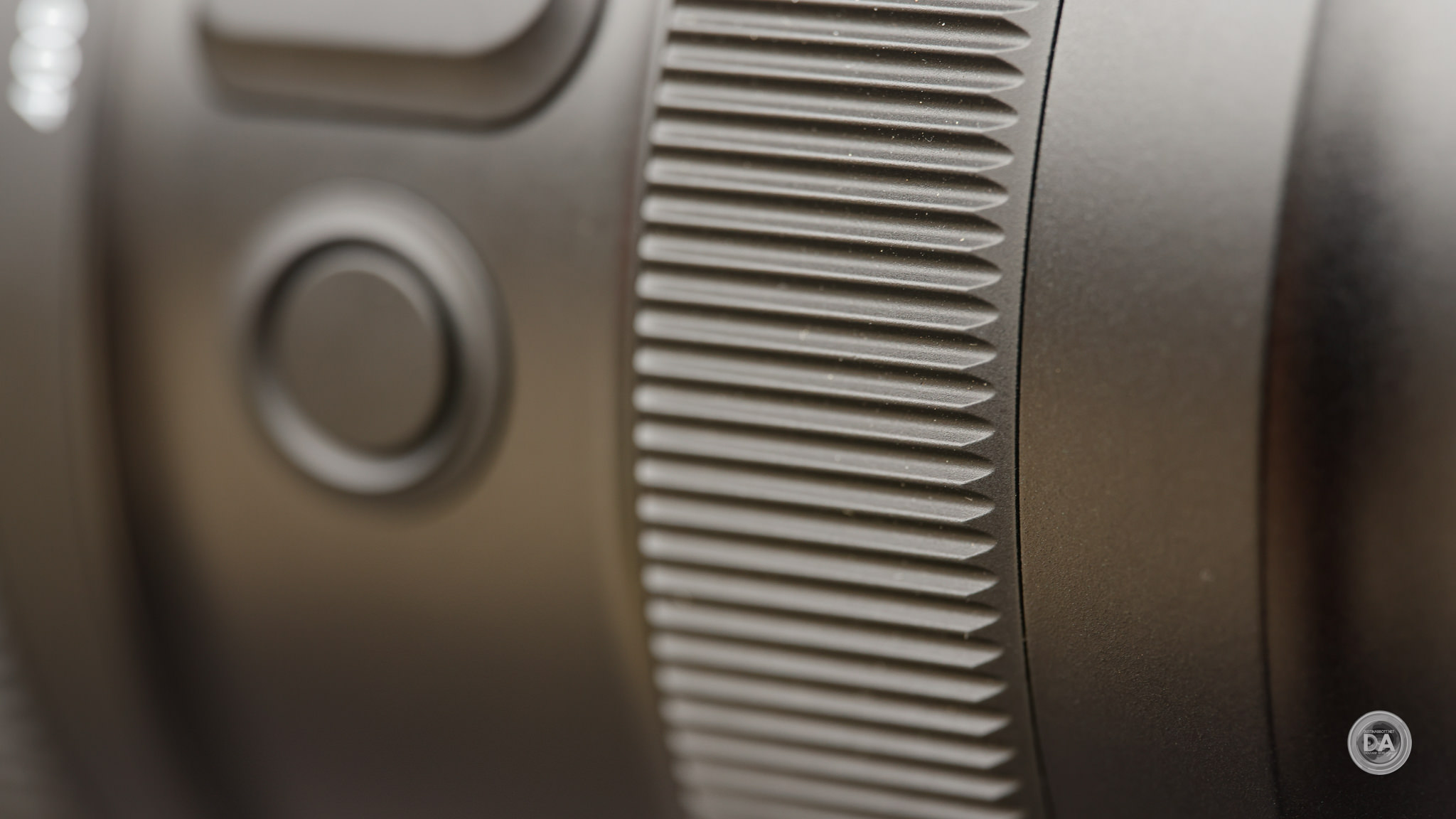
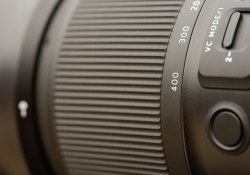

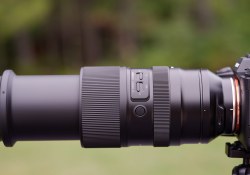
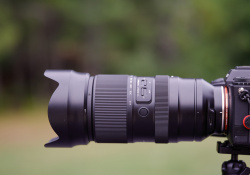

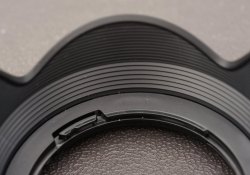

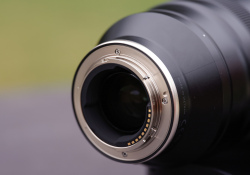







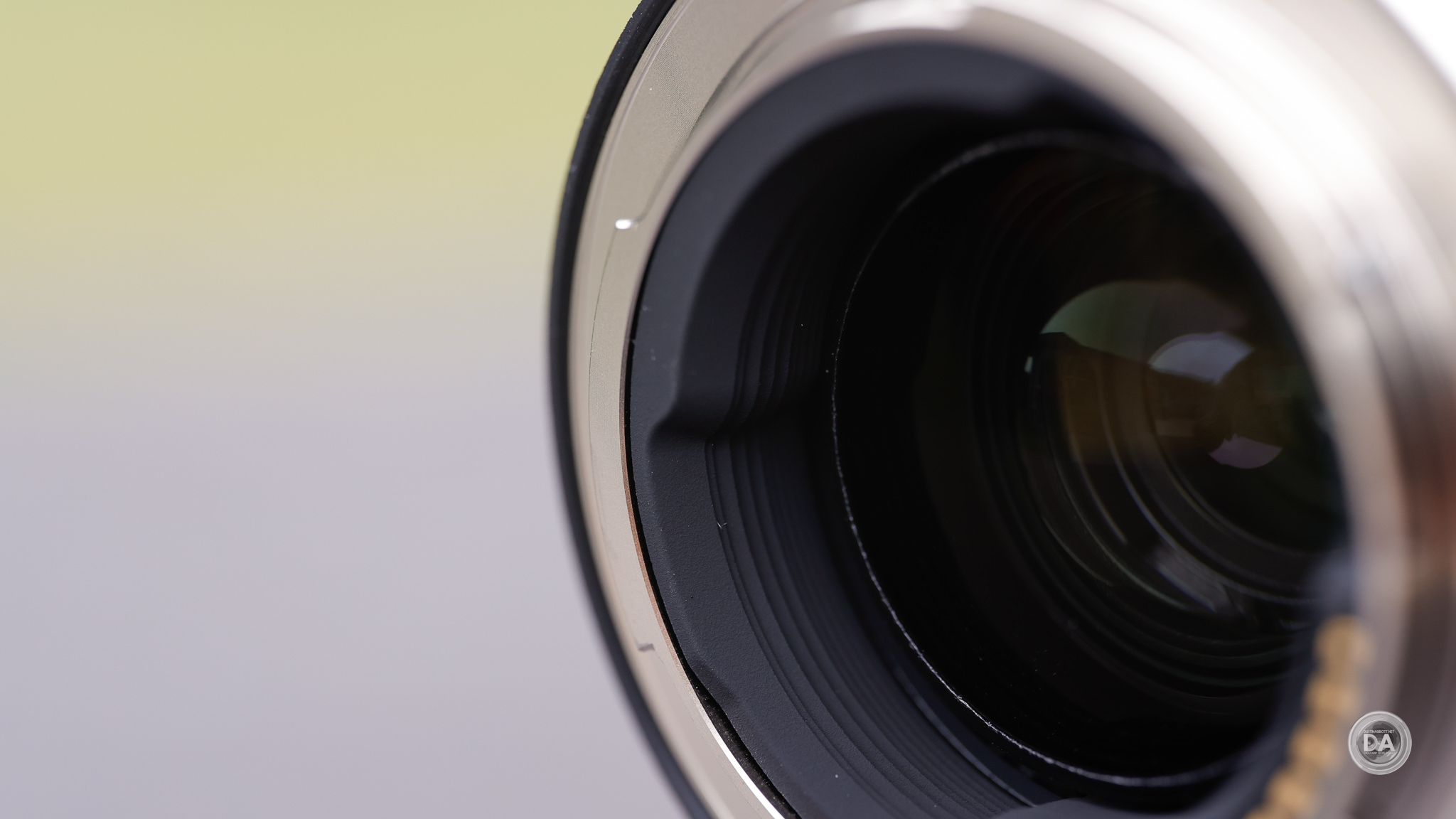













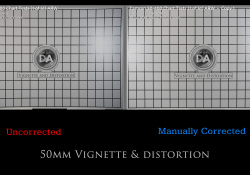
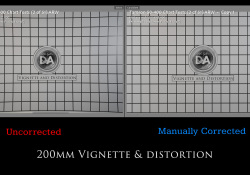





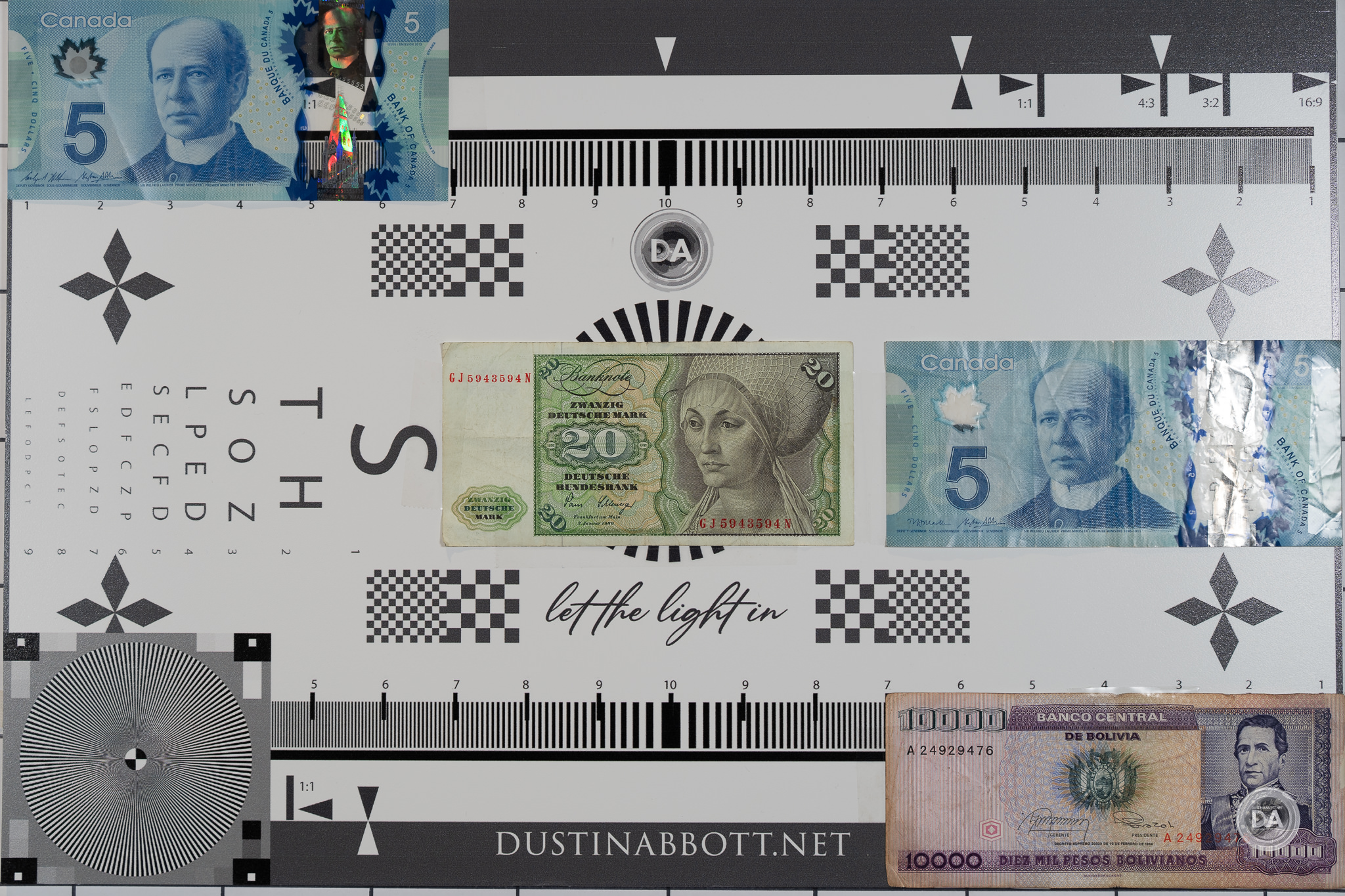



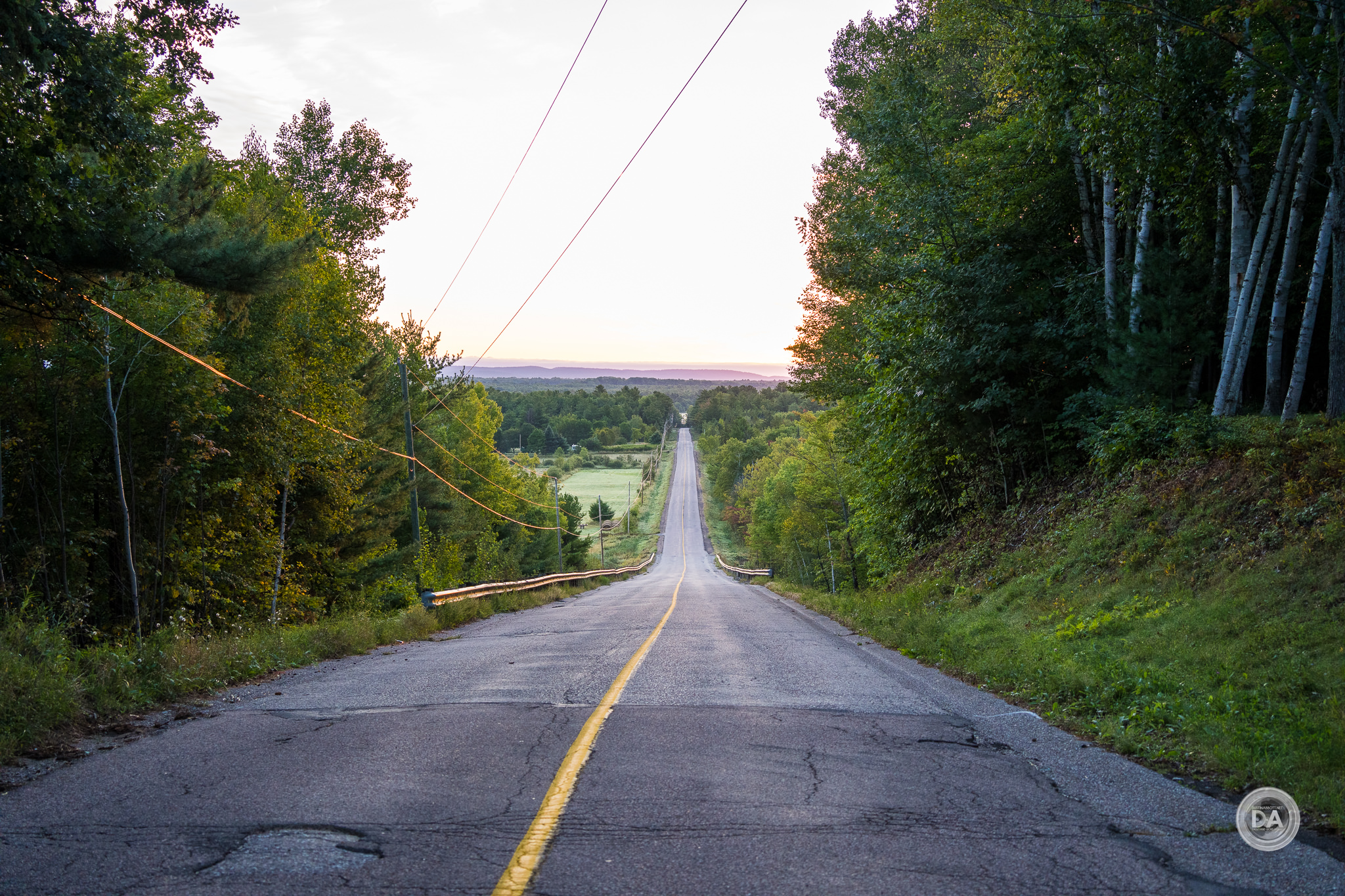
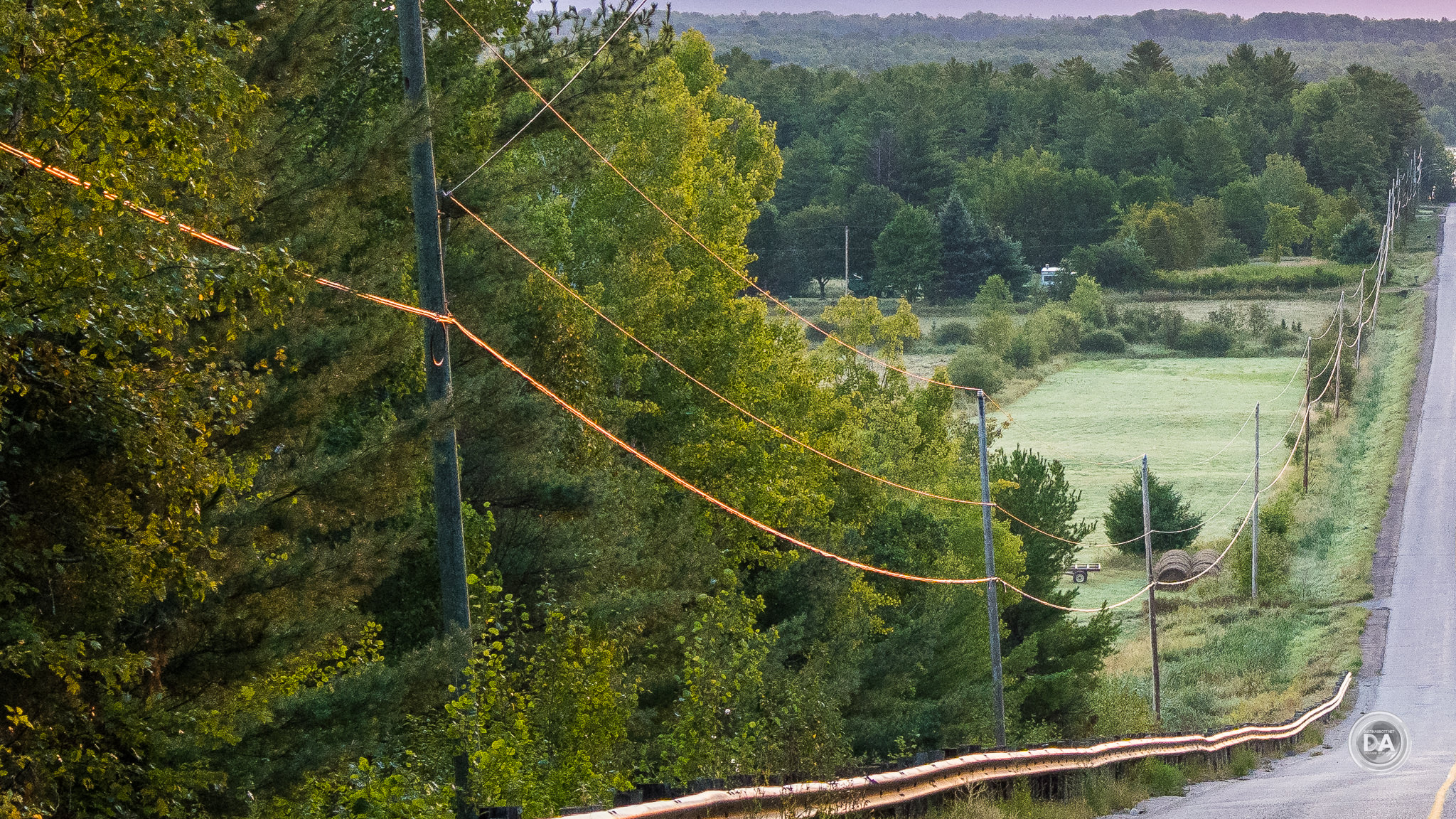




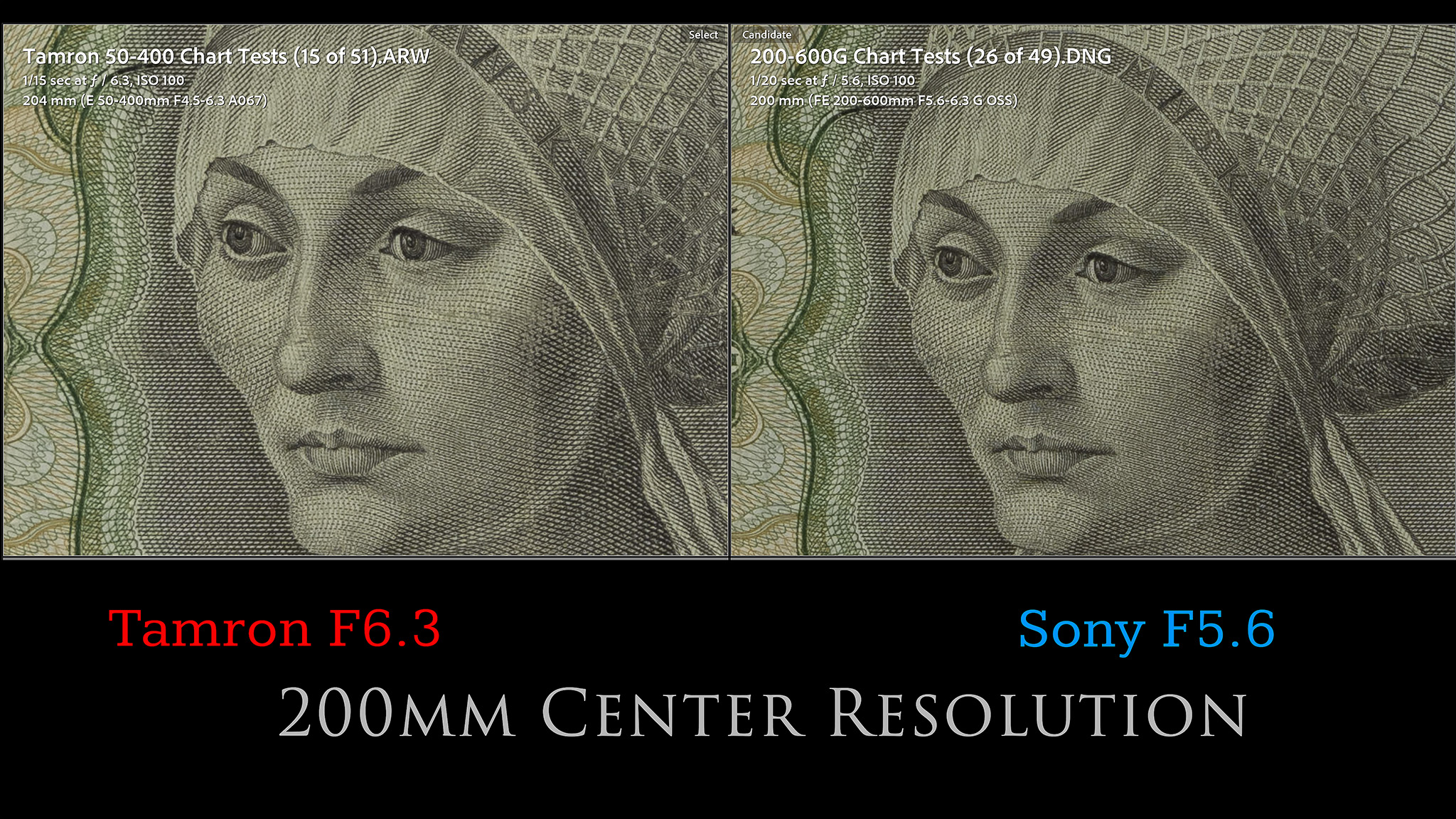


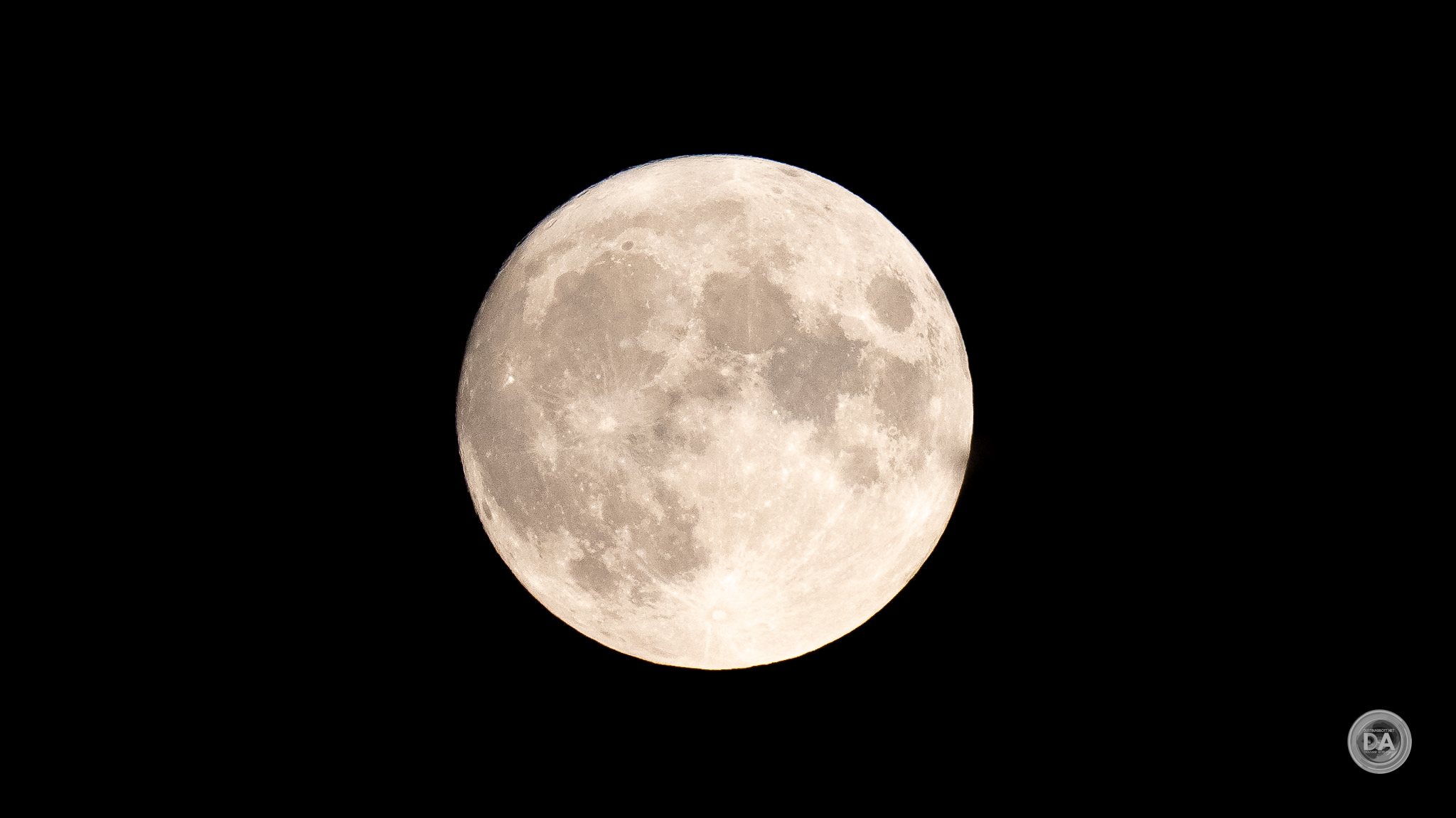



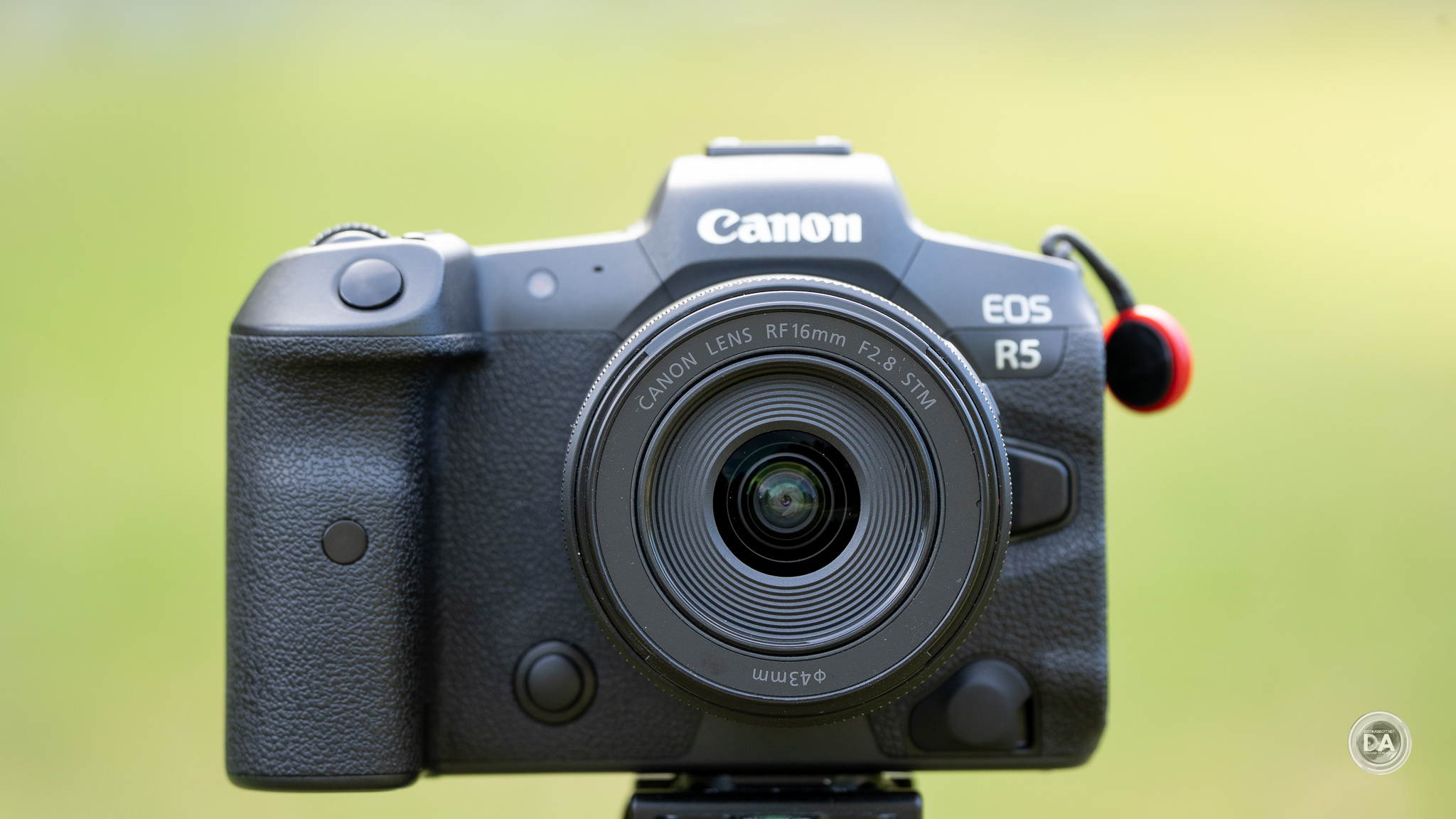


















 Nikkor Z 35mm F1.2 S Review
Nikkor Z 35mm F1.2 S Review  Kase AF 85mm F1.4 Review
Kase AF 85mm F1.4 Review  Fujifilm X-Half Review
Fujifilm X-Half Review  Nikkor Z 35mm F1.8 S Gallery
Nikkor Z 35mm F1.8 S Gallery 


